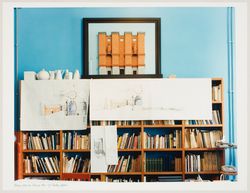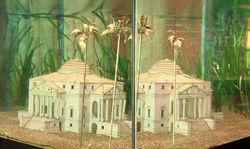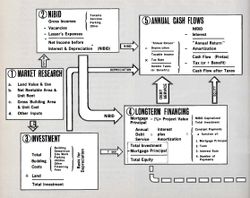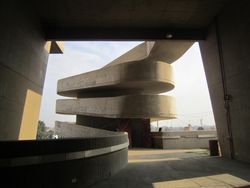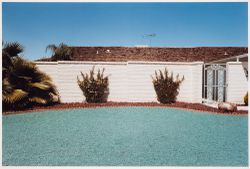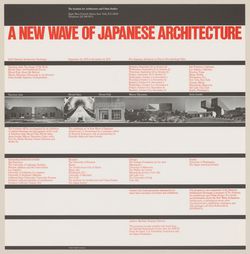Shaughnessy House
16 February 2019, 11am to 3pm
Shaughnessy House
Reading between the books of anyone’s library can reveal process, influences, ways of thinking, and surprises in their work. While historians disentangle archives, CCA invites contemporary architects to select ten books that reflect themselves today.
27 March 2019, 1:30pm
The talking bookshelf: with Konstantinos Pantazis
Actions:
Description:
Reading between the books of anyone’s library can reveal process, influences, ways of thinking, and surprises in their work. While historians disentangle archives, CCA invites contemporary architects to select ten books that reflect themselves today.
Looking beyond North America, the series Meanwhile, in… considers the role of changed contexts in shaping postmodernisms elsewhere, by assembling case studies from other countries, with other cultural concerns and other contingencies.
Paul-Desmarais Theater
7 February 2019, 6:30pm
Meanwhile, in Frankfurt: With André Bideau
Actions:
Description:
Looking beyond North America, the series Meanwhile, in… considers the role of changed contexts in shaping postmodernisms elsewhere, by assembling case studies from other countries, with other cultural concerns and other contingencies.
Paul-Desmarais Theater
Looking beyond the North America, the series Meanwhile, in… considers the role of changed contexts in shaping postmodernisms elsewhere, by assembling case studies from other countries, with other cultural concerns and other contingencies.
21 February 2019, 6:30pm
Meanwhile, in London: With Léa-Catherine Szacka
Actions:
Description:
Looking beyond the North America, the series Meanwhile, in… considers the role of changed contexts in shaping postmodernisms elsewhere, by assembling case studies from other countries, with other cultural concerns and other contingencies.
Looking beyond North America, the series Meanwhile, in… considers the role of changed contexts in shaping postmodernisms elsewhere, by assembling case studies from other countries, with other cultural concerns and other contingencies.
4 April 2019, 6:30pm
Meanwhile, in Paris: With Pierre Chabard
Actions:
Description:
Looking beyond North America, the series Meanwhile, in… considers the role of changed contexts in shaping postmodernisms elsewhere, by assembling case studies from other countries, with other cultural concerns and other contingencies.
27 June 2019, 6:30pm
25 July 2019, 6:30pm
15 August 2019, 6:30pm
22 August 2019, 6:30pm
29 August 2019, 6:30pm

